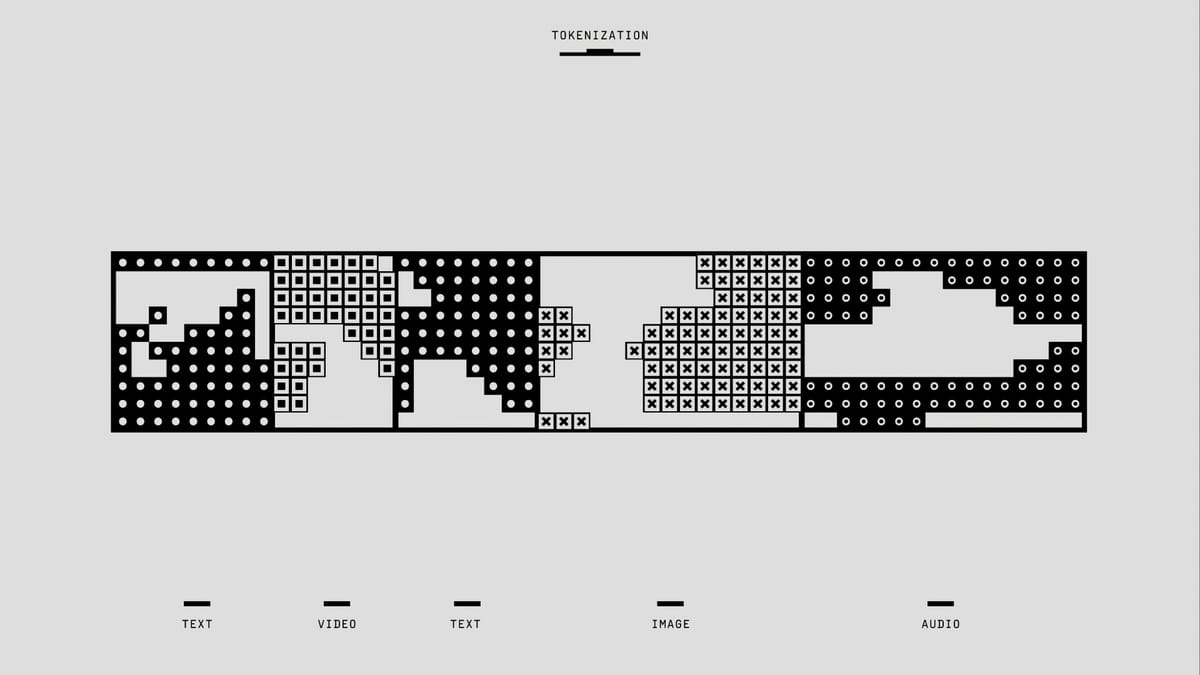I've noticed for a long time that companies do not hold any statistics on the proportion of the services they bid. If they do, they'll talk about long tail or autonomous sourcing, even though those platforms also take no-bid work. Where are the stats?
My thoughts are that as a company selling in, if I'm going to spend 10's of hours writing a detailed proposal, my best strategists, creatives, and engineers will be pulled from their real jobs to craft the perfect response to a 50-page Request for Proposal (RFP). It’s a huge investment of time and money. It's also probably a complete waste of time as it is procurement theatre.
Most services work isn't awarded through open competition. The winner was likely decided before the RFP was even issued. Welcome to procurement theatre: the elaborate, time-consuming performance companies put on to create the illusion of due diligence while the real decision happens behind the curtain. My thesis is that less than 5% of services are truly bid competitively - and here is my going in position:
Why the Performance?
If the decision is already made, why go through the motions? The reasons are rooted in corporate bureaucracy. A manager needs to satisfy an internal policy that mandates a "competitive" process. Or, more cynically, a procurement department needs three bids to justify the price they were always going to pay the incumbent.
My brilliant, bespoke proposal isn't being judged on its merits. It’s being used as column fodder... a data point to prove the preferred vendor offers "fair market value." I am an unpaid consultant providing free research and pricing benchmarks for a deal I was never going to win.
How work is actually awarded for people and services.
- The Inner Circle
This is where the vast majority of sourcing decisions are made. It's a closed loop of trusted providers.
Previous Suppliers (Incumbents): This is the most common path. The supplier who already does the work gets more work. They have the advantage of deep institutional knowledge and personal relationships, making it risky and difficult for the company to switch. Their contracts are often extended or renegotiated with little to no competition.
Preferred Suppliers: These are vendors on a pre-approved "shortlist." When a new project kicks off, managers are strongly encouraged or required to pick from this curated list. This creates a private marketplace that shuts out new competition before the process even begins.
- The Direct Approach
This method bypasses a formal process entirely and relies on trust and reputation.
Proposed or Relationship-Based Sourcing: This is when a business leader brings in a supplier they know personally, have worked with before, or who came highly recommended through their network. The decision is made based on trust in the person or brand, not on a competitive evaluation of a proposal.
Sole-Sourcing: The company goes directly to a single supplier without seeking any competing bids. This is often justified for highly specialized skills, urgent needs, or when the cost and time of a formal bidding process are seen as prohibitive.
- The Formal Process (The Theatre)
This is the traditional method that the research suggests is mostly for show.
Competitive Bidding: This involves issuing a formal Request for Proposal (RFP) or Request for Information (RFI) to the open market. However, this process is often "procurement theatre." It's used to justify a decision that has already been made (e.g., to stick with the incumbent) or to gather free consulting and pricing data from vendors who have no real chance of winning.
A Call to Stop Wasting Time
Suppliers rightfully view this process as "strategy malpractice." They are asked to diagnose a problem and prescribe a solution with zero access to the patient, then give away that valuable thinking for free. This is why many of the best, most innovative firms refuse to participate in open RFPs. They know the show isn't worth the price of admission.
So what should companies do instead? Stop the theatre.
The trick here is to mirror what happens today, and then create commercial boundaries for that work to be delivered more effecively. Identify two or three potential partners (including new faces) and pay them for a proper discovery session or a proof-of-concept. Treat them like the experts they are. You will get far better ideas and build a genuine partnership, rather than a transactional, adversarial relationship based on a mountain of paperwork.
For suppliers, the advice is simpler: learn to spot the signs of procurement theatre. If the RFP is vague, the timeline is unrealistic, or you have no prior relationship with the client, politely decline. Your time is better spent building real relationships with clients who value your expertise enough to pay for it from the start.


